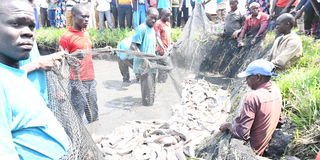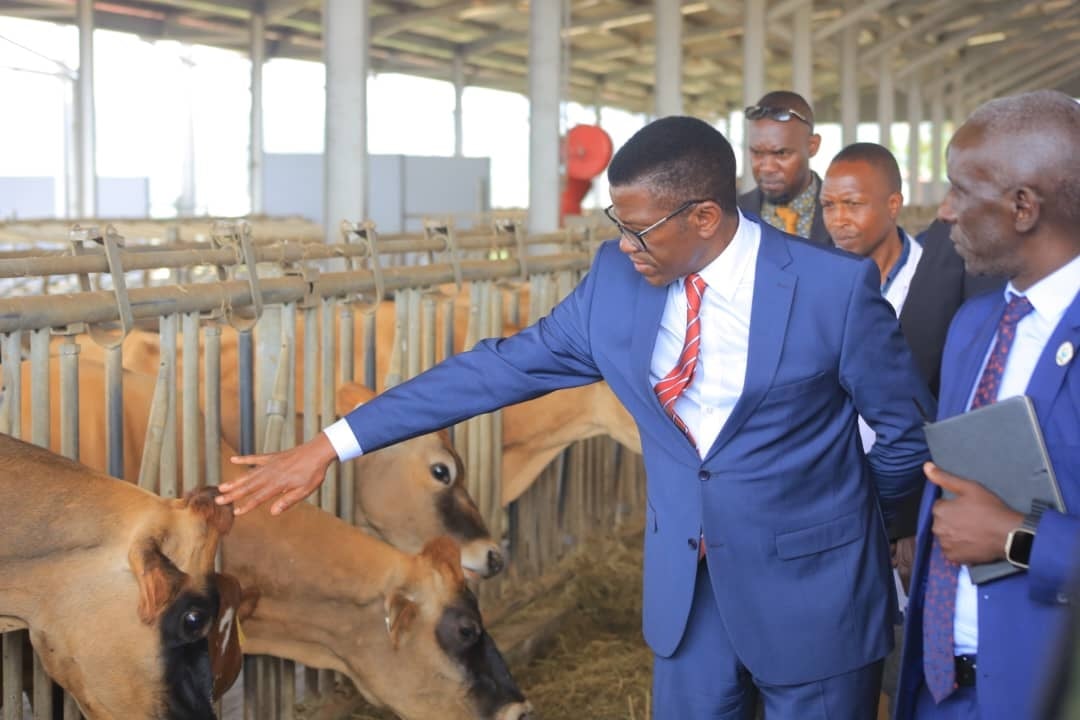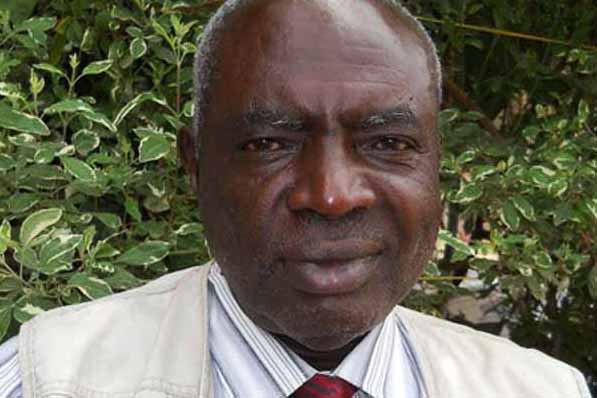Prime
Limoto farmers find a fortune in fish farming

Fish farmers at Limoto Wise wetland demonstration site in Pallisa District harvest fish last month. Photo | Fred Wambede
What you need to know:
- The project dubbed Limoto Fish Farming Restoration was started by the government as a way of providing alternative livelihood to the people who were affected by the restoration of Limoto wetland.
When Stephen Mugoda grew rice in Limoto wetland, one of the most biodiverse ecosystems found in Bukedi sub-region, he could rarely make steady income from the crop.
In order to make ends meet, Mugoda, 42, who is also commonly known as an early riser in the area, had also to fetch water from the wetland and sell it to food kiosk owners in Pallisa Town Council.
How he started
However, this changed in 2023 after he joined a group of about 77 farmers, who quit growing rice to fish farming under their umbrella association, Limoto Tukume Obutunde Fish Farmers Association.
“Fish farming has better returns and ready market than growing rice because in the first harvest, we made Shs66m in just a week. This opened our eyes,” says Mr Mugoda.
After the harvest, the farmers deposited the money into their Sacco to capitalise it so that they are able to lend more money to its members to invest in other ventures and pay back with an affordable interest.
The farmers are from villages of Limoto trading centre, Limoto A, Limoto B, Katome West, Katome East and Katome Central, among others.
Benefits
Mr Mugoda says this has enabled him, among other things, pay school fees for his children and also invest in dairy farming.
“The benefits we are getting from fish farming now are the reason why currently the number of farmers willing to join is overwhelming,” he says.
The farmers own eight fishponds constructed on one acre at Limoto Wise Use demonstration site in Limoto village in Bolliso 1 Sub-county.
The ponds were stocked with 47,000 fingerings of cat and tilapia fish in the first phase, which was done in March, 2023 and the second restocking was done in June, 2023.
Profit
The farmers made Shs70m in the second harvest early this month after selling each kilogramme at Shs7000.
The project also has 10 fish cages with capacity of 2500 fish, each making a total of 25,000 fish stocked in the cages.
The project was dubbed Limoto Fish Farming Restoration which was started by the government as a way of providing alternative livelihood to the people who were affected by the restoration of Limoto wetland.
Mr Siraji Gasyodo, the chairperson of the farmers, says the earnings have enticed them to invest more in aquaculture.
“We are now rich as a group in less than two years. This is good business because we anticipate harvesting more in the third harvest,” Mr Gasyodo says.
Ms Zamu Nakato, a fish farmer, says they work together as members to weed grass, remove mud and also shape the sides of the pond dykes eaten by water before restocking the ponds.
“Like in the previous harvest, we cleared the drainage trench because the mud had closed the drainage system and water cannot flow,” she says.
Best practices
Mr Constant Kangeri, a caretaker of the ponds says after pond cleaning, the liming of the ponds is done using builder’s lime to kill parasites and predators. “This helps to stabilise the PH (potential of hydrogen), settle sediments and also catalyse pond fertility,” he says.
Mr Kangeri says they also do fertilising of the ponds to induce productivity necessary for fry and fingerlings to grow. “This is done using both organic and inorganic fertilisers,” he says.
Mr Samuel Nyunyu, a fish farmer and secretary of the association says they feed the fish on imported formulae feed for the first two months and then in the third month, they use local feed mixed with imported feed.
“From the fourth month until we harvest, the fish is fed on local feed,” he says.
Mr Nyunyu says they also remove shooters from the ponds which would attract cannibalism and predation, “This is also done to decongest fish by transferring it to less populated ponds and also to determine the feeding ratio of the feeds,” he says.
The fish ponds were constructed by the ministry of water and environment under Water for Production through the concept of wise use of wetlands as part of the wetland restoration programme funded by the government in partnership with Green Climate Fund and United Nations Development Programme (UNDP).
Other enterprises
Ms Esther Nakyese, another fish farmer, says as a group they have also introduced rearing goats and sheep as alternative enterprises.
“We are doing everything possible to eliminate poverty from our homes as guided by president Museveni during his visit to this place,” she says.
In December, 2019, the locals in Pallisa informed president Museveni during his visit to the Limoto wetland restoration project that they work for only their stomachs.
The wetland is located on Tirinyi-Pallisa road, is shared by the districts of Pallisa, Kibuku, Budaka and parts of Butebo.
This is how the president got the word Nkolera Kida Kyonka, a Lugwere word meaning working for only the stomach.




